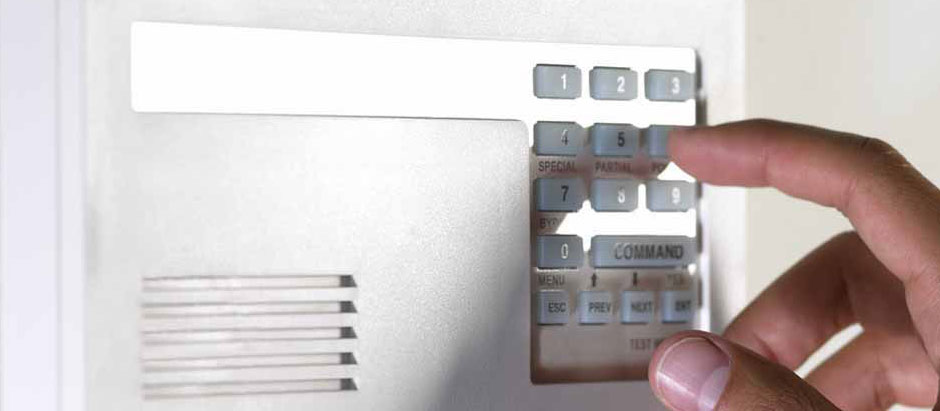
Go Digital, Go Cashless: Integrating Online Payment Technology with School System
December 20, 2016
Aligned Participation of Technology and Human Supervision for wiping away the Security Alarm at School
February 5, 2017It has become a common practice to add technically versified gadgets to the school system. But the problem is that nobody is trying to draw or assess the impact of technology on the school domain. The positive as well as negative shades, if any have to be highlighted. So, how can you measure the impact of the tablets or other instructional set up that is said to have initiated the renovation in performance of your educational system?
Some of K-12 experts have foreseen the lack of management’s involvement in tracking the results when plenty of technical supports are available for sorting them. Anyhow, if you are an educational mentor and is a part of a decision in installing technologies for the institution, then obviously active measures should be taken for assessing the goals and progressions.
Simply Measuring Results
First of all if you are going to follow this concept, better understand result won’t happen in capsule. The outcome of technology in the educational system can be considered as direct, intermediate and long – term.
Direct outcomes: These can be considered as the results that can impact your institution within a short period of time or immediately. As an example, if you are adding a technology that eases the learning difficulties of students or an app that assess the so far growth in a teachers profession.
Intermediate: Here the results happen as a slow process. For example, technology is added for changing the culture of institution with the purpose of simplifying roles of students and teachers. Here the improvements happen in stages and so results cannot be measured in a day.
Long-term: As the word itself suggest, the result assessment may take at least a year long. And of course, here the assessment reach is also wider. That is achievement is measured in entire school or at district level.
Another suggestion that comes from the expert is the importance of measuring the indirect cost, apart from the direct expenses on the technology. The support cost, investment on professional development and the time, hard work needed for blending the technology with the normal activity. So according to the expert, if you are moving for an advanced step in measuring the ROI on school system start with discovering the difference between the direct and indirect cost. Later referring different outcomes too.
Standard Tools for Tracking the Performance
Many tools have been developed in the meantime for measuring the technological impact. The tools are designed for mapping the relation between the direct and indirect costs. Then moving to the connecting them with the changes made in learning.
When you are assessing the performance, some of the questions that need to get answered are:
1) What are the main benefits that you have drawn from this technology?
2) Is there any progress on your educational domain?
3) Could it bring any changes to the approach in learning?
4) Did the mind to learning change?
5) Does the importance move to problem solving and critical thinking?
6) Did it change the approach of the staff?
7) Finally, Did the learning get simplified?
So once you have successfully drawn answers for these questions, you can easily judge the ROI on the project. Moreover, the big board can also get convinced with practical values on ROI.
Many tools have been designed with the purpose of fulfilling these ideas. Anyhow the status reveals that, such tools can initiate the product evaluation, helping the management with authentically assessed results. In every respect, rather than making assumptions, establishments with evidences always gathers attention. Such decisions can help out the future buyers and at the same time put input on your renewal process as well. In a way, it establishes a strong basement on the investment that has to be drawn on different stages after a technology has been installed. It brings advantage not only to the managements but also to the teachers and students as well. Mainly because such tools helps in tracking down the individual performance too.
Finally, when more institutions are coming forward with investment in schools system and other technologies, valid methods is unavoidable for tracking the performance. Such tools can publish the growth in the educational system and can be used for educating others in the same domain with evidences.




